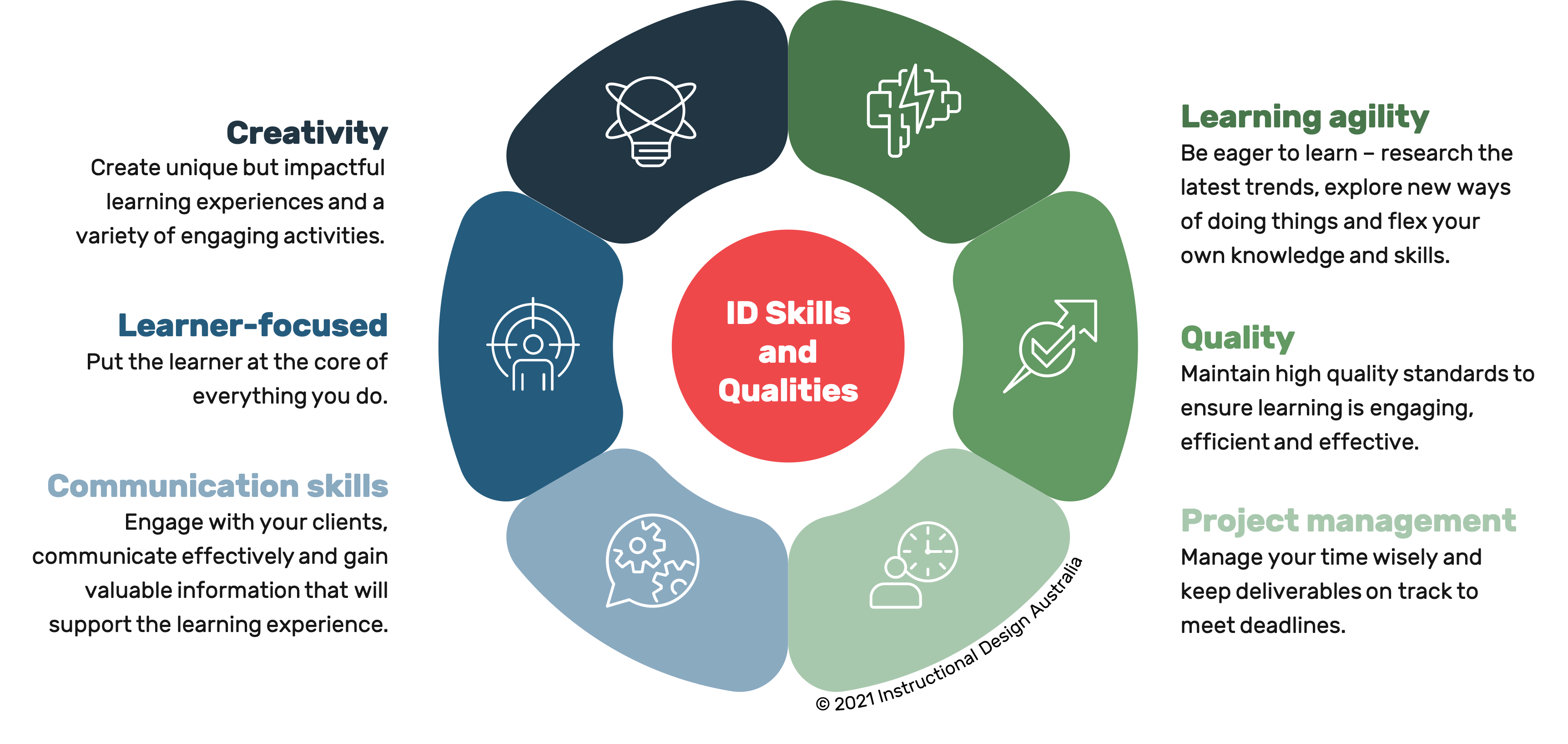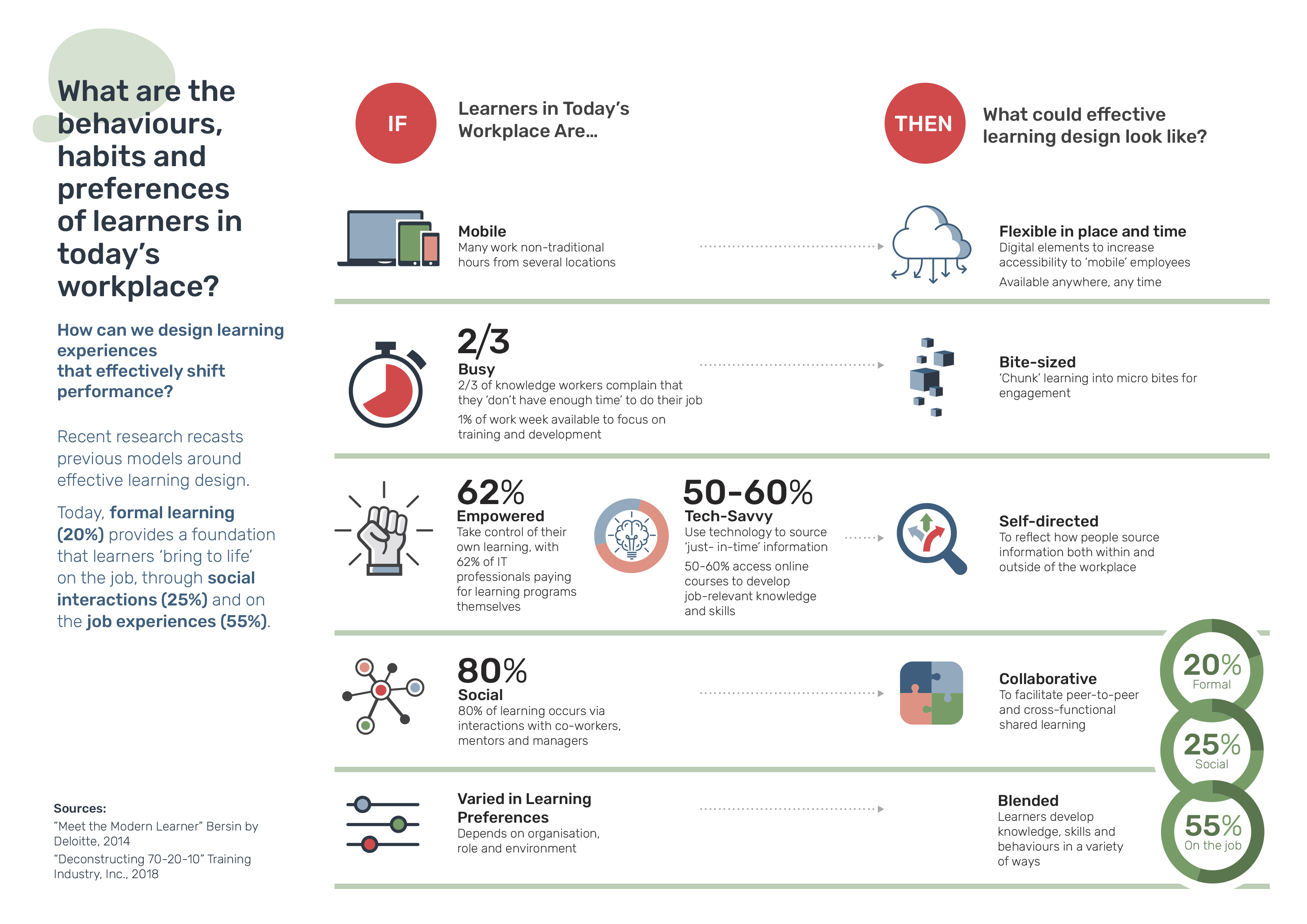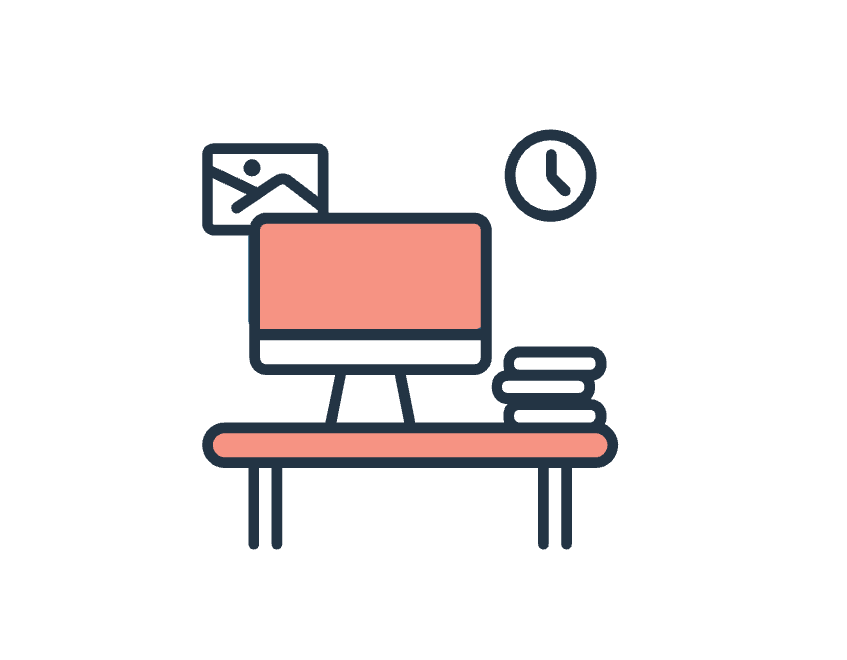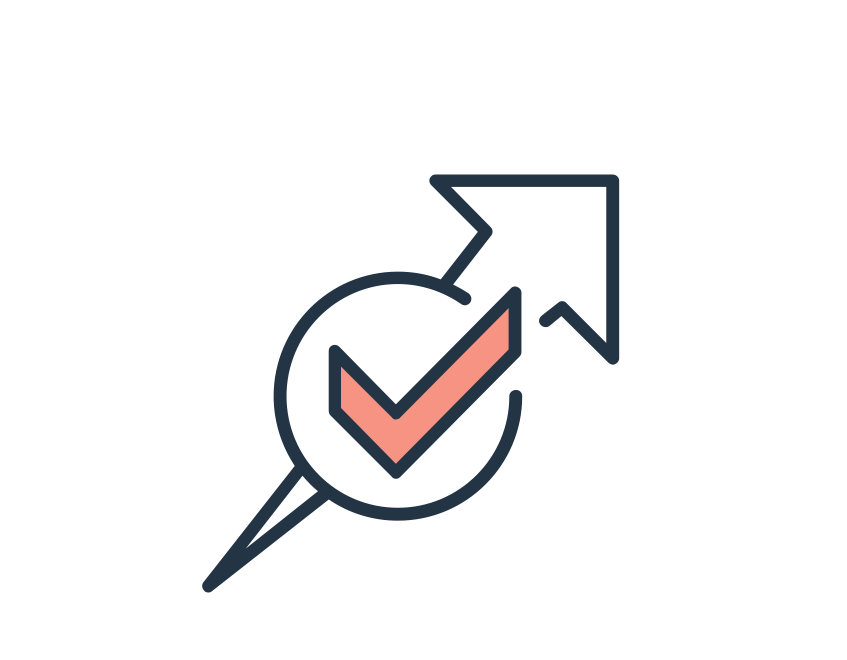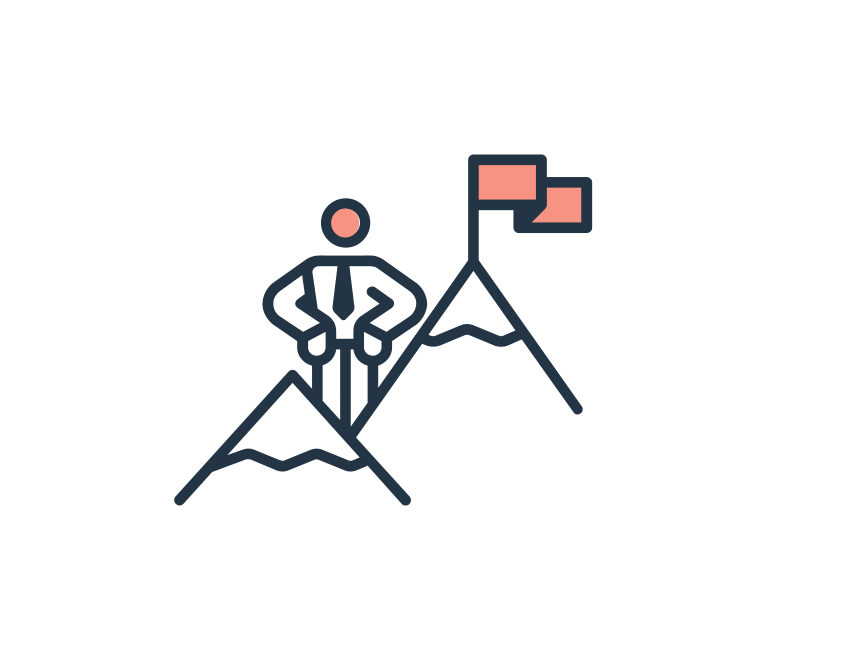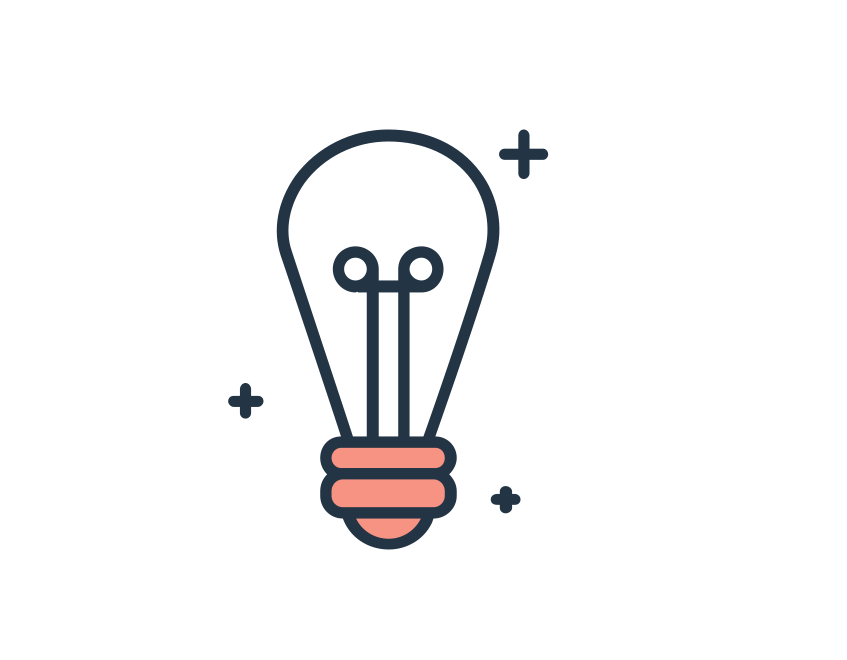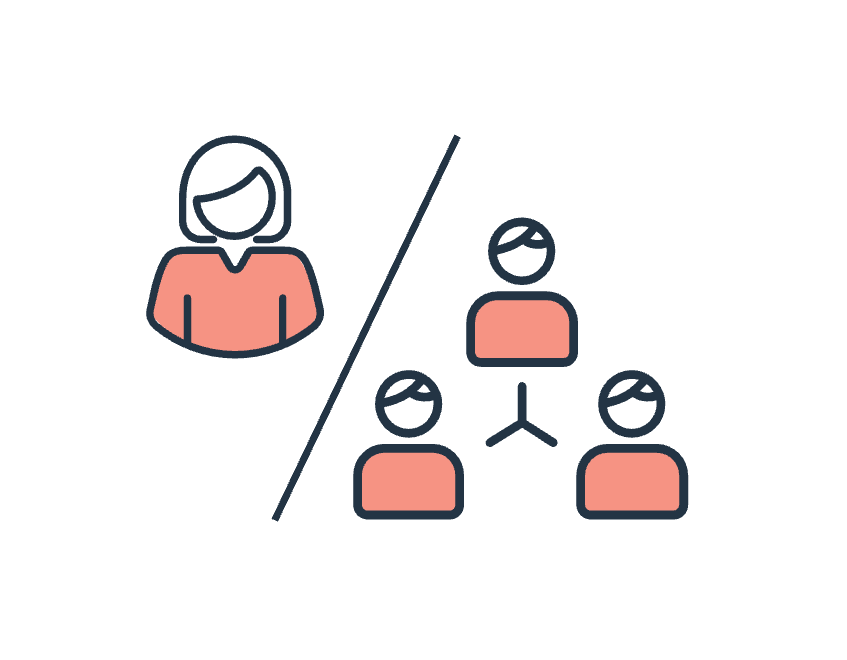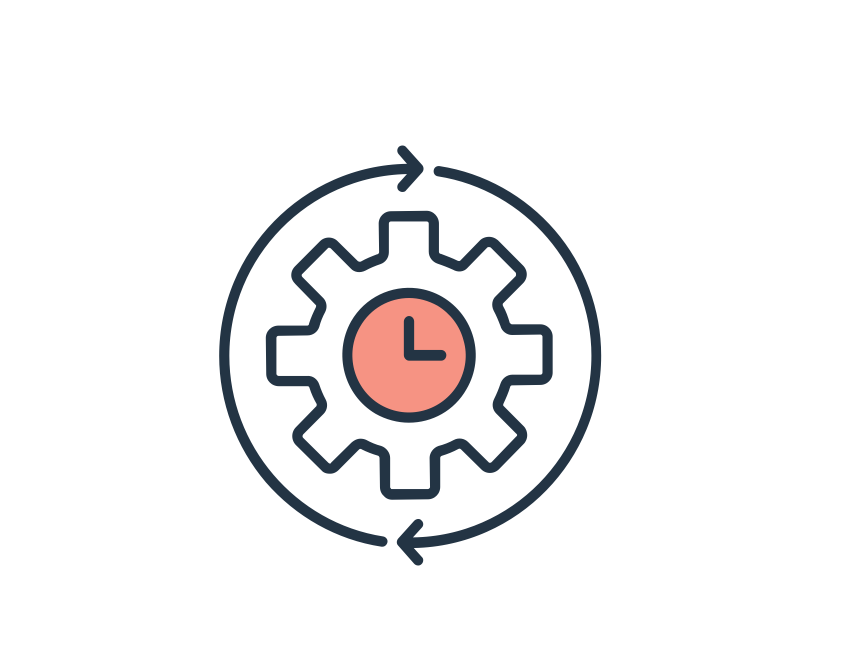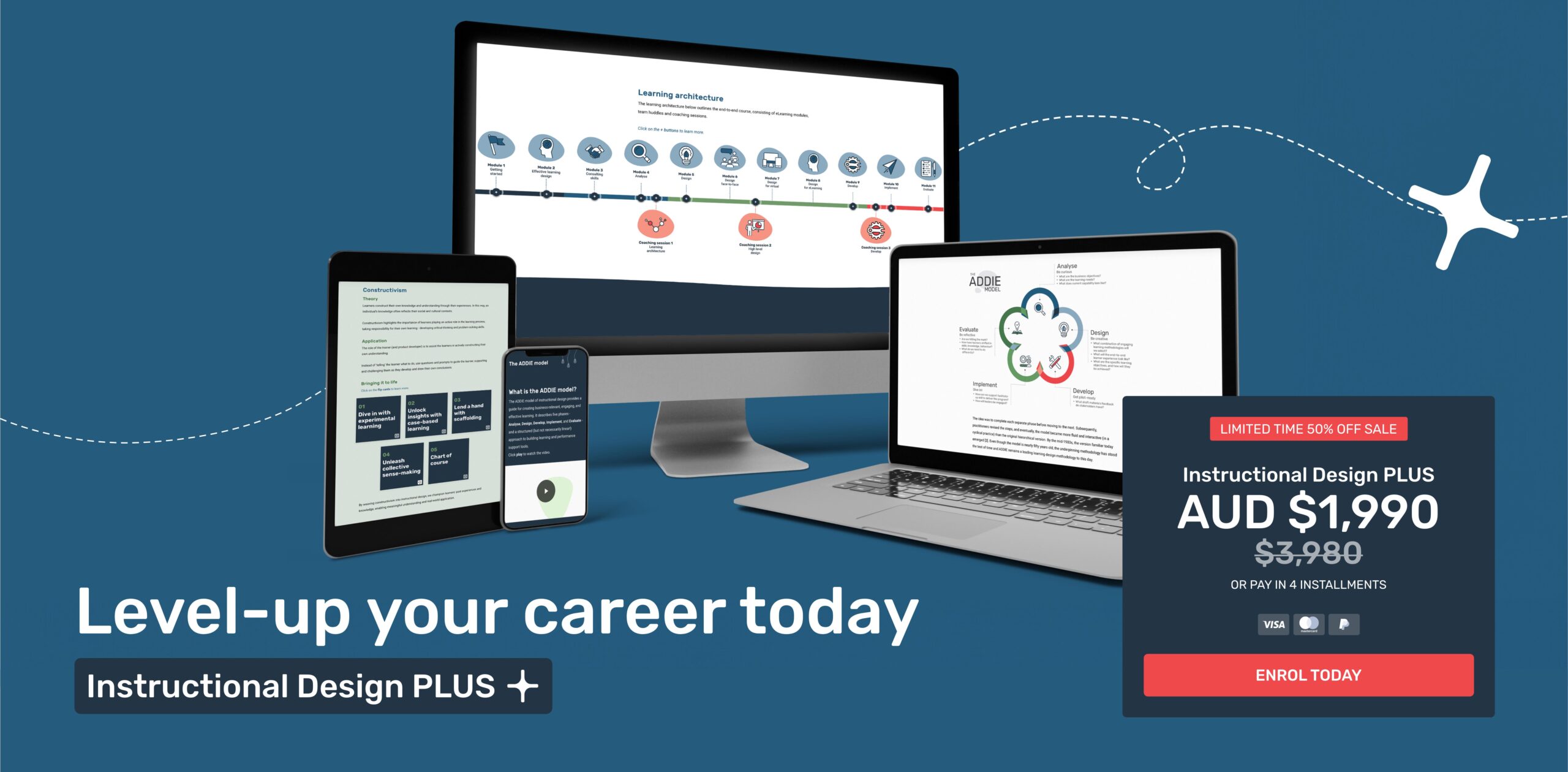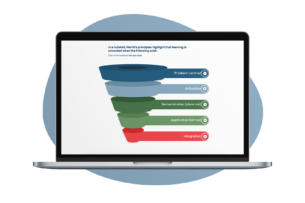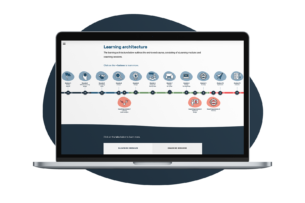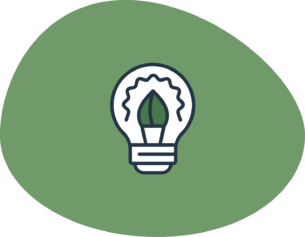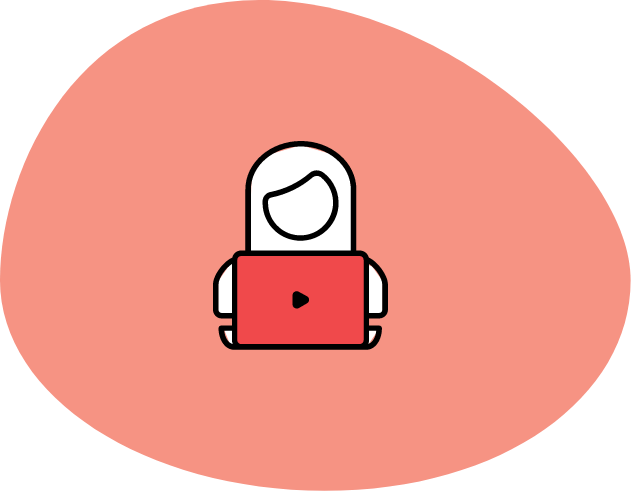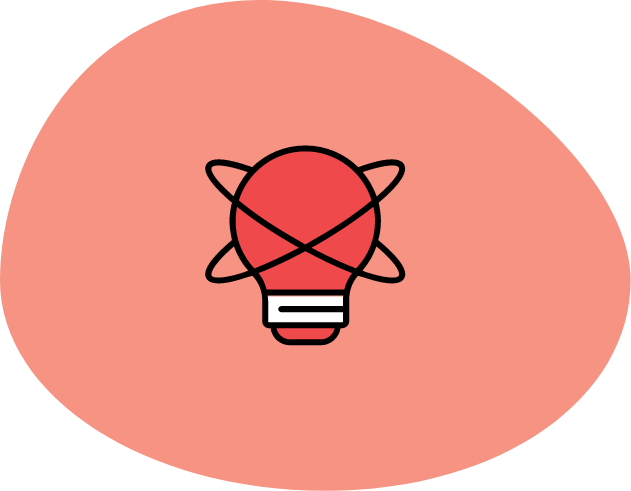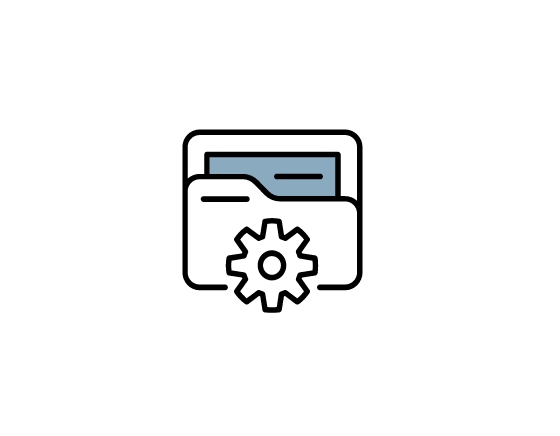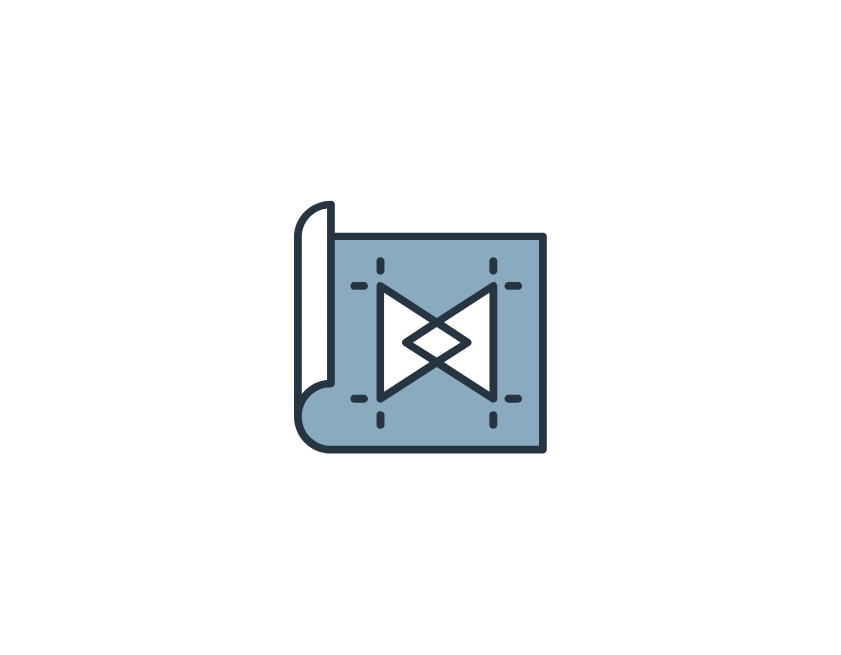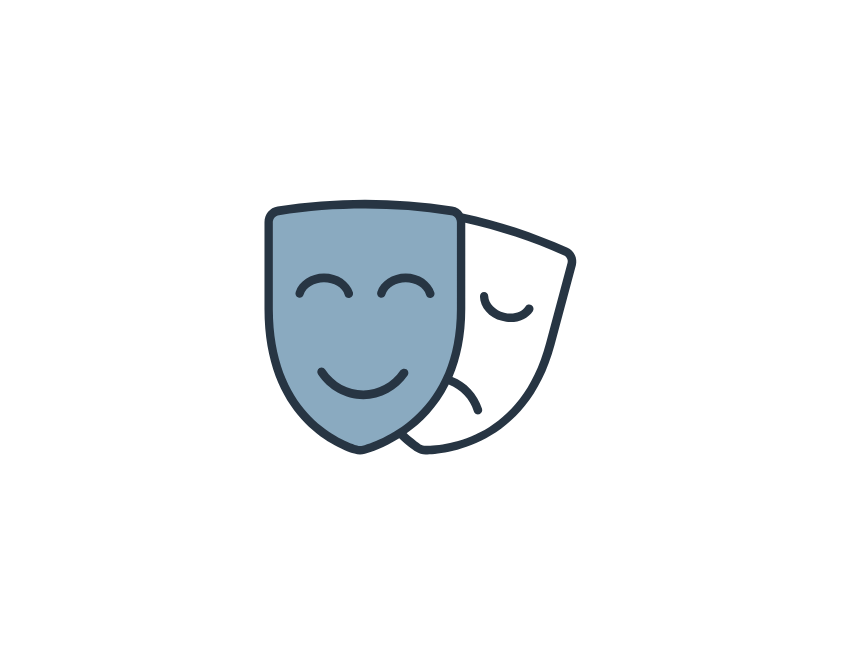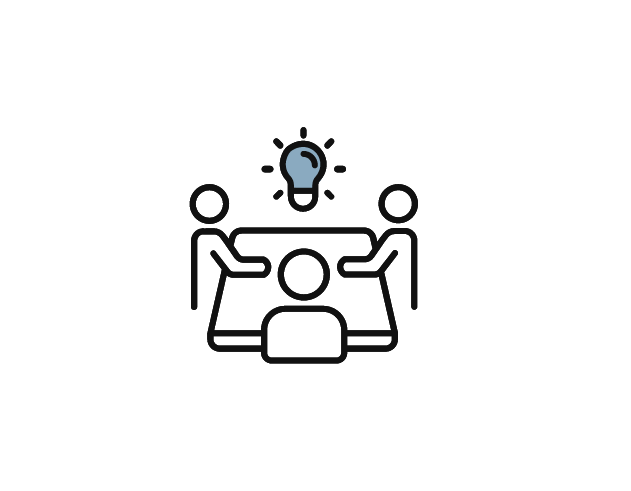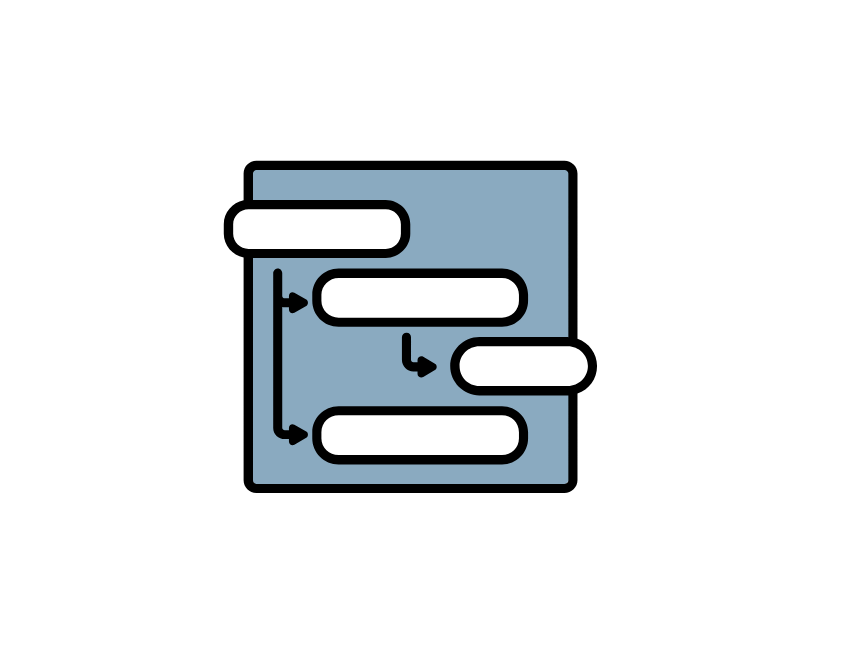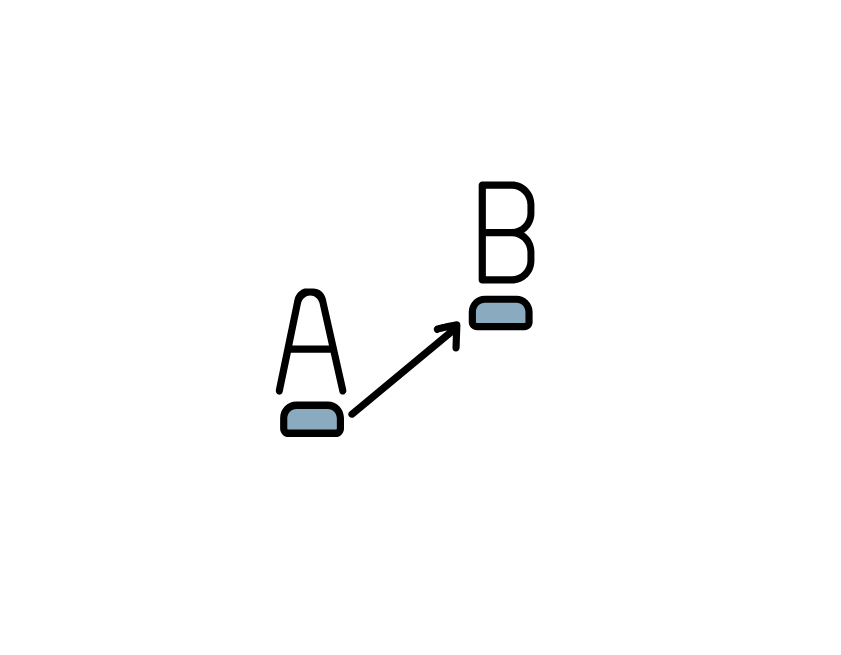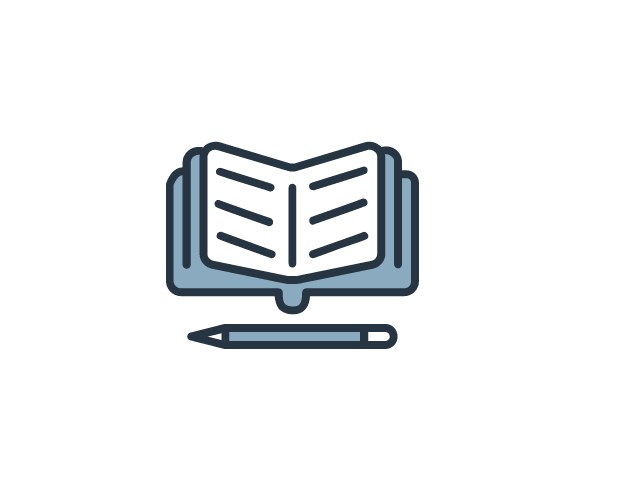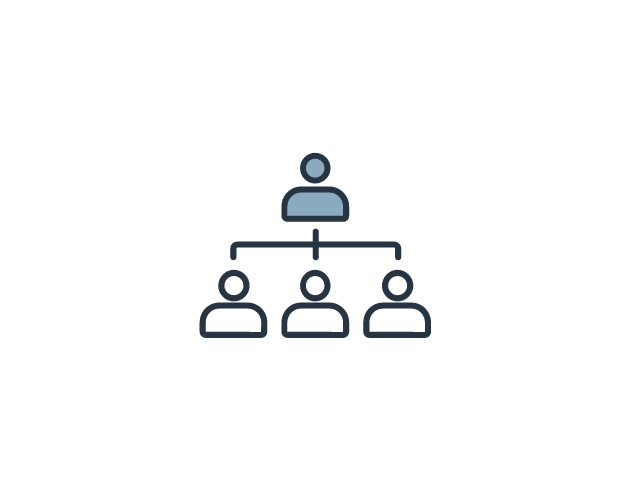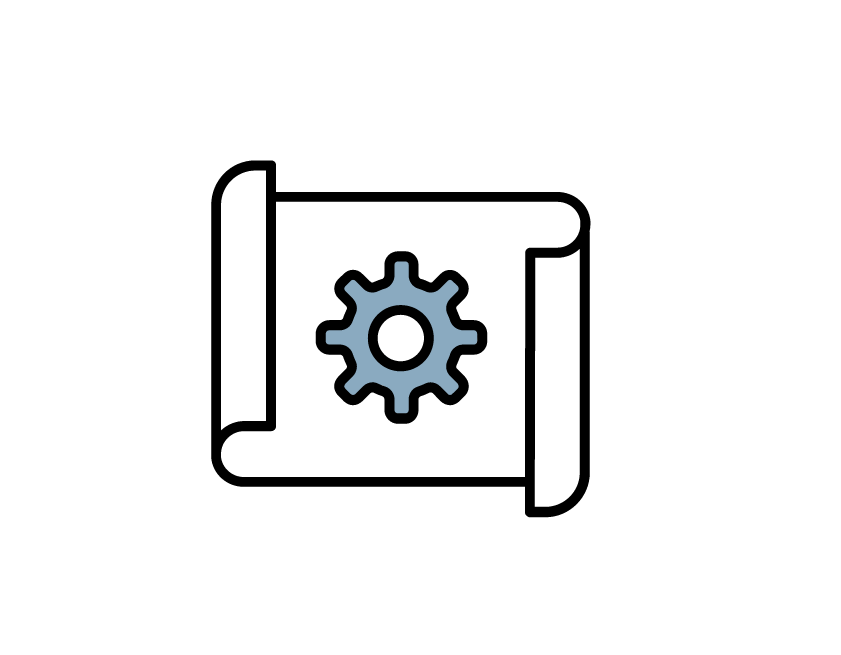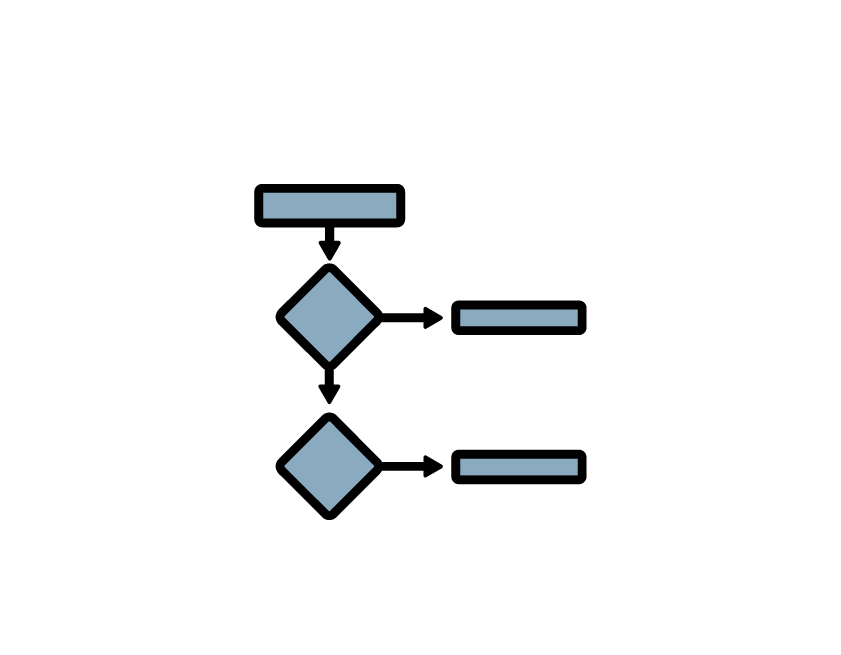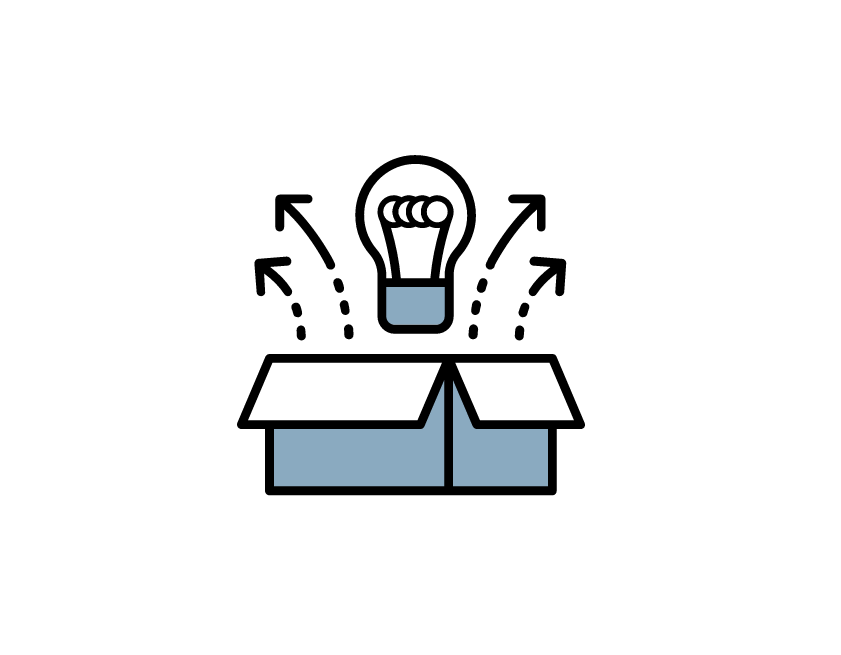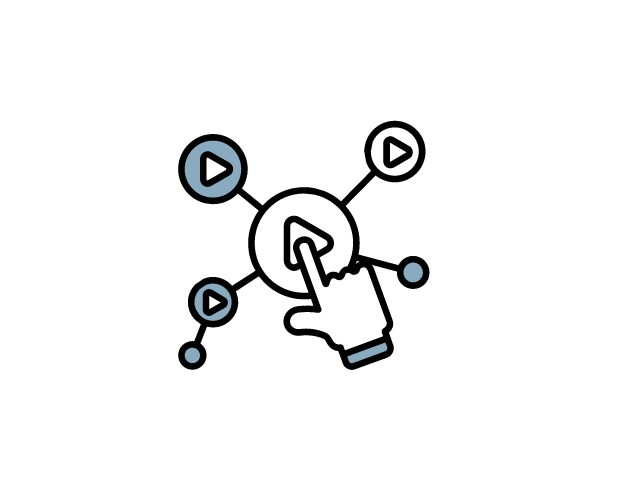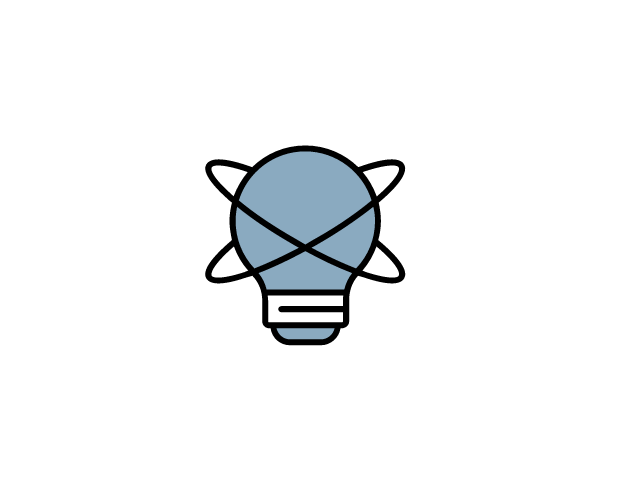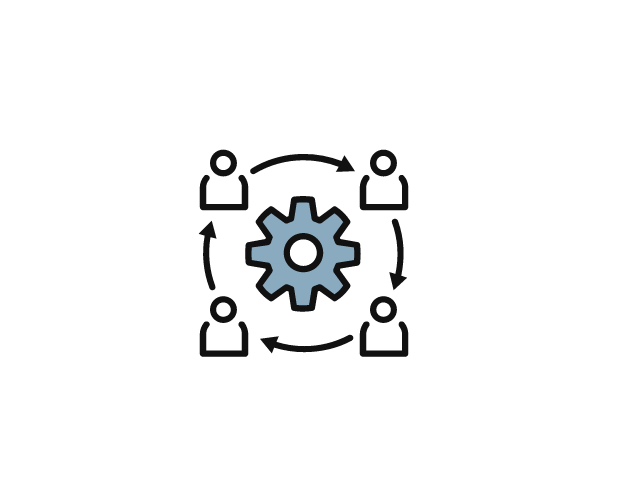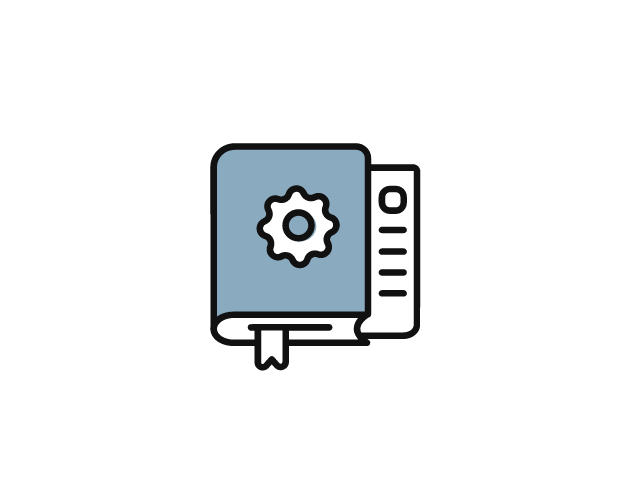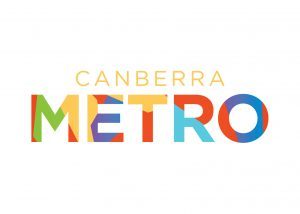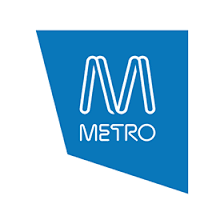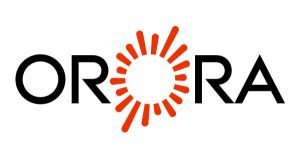Instructional Design is the process of using our knowledge of how people learn to guide our choices of instructional sequences and strategies to meet the needs of the learners and desired learning outcomes.
Instructional Design can be applied to anything that involves Human Performance Improvement. The Instructional Designer is a learning expert who can use their knowledge of the principles of learning and instruction to find the optimal method of instruction. This means finding the most effective, appealing and cost-effective solution. The Instructional Designer analyses the instructional problem, the task, learning needs and learning environment. By clearly defining the learning objectives the Instructional Designer can sequence the content and choose strategies to meet the learning goals. These decisions are based on both knowledge of proven learning strategies and practical experience.
Research has shown that particular ways of delivering instructions are more effective than others. Different kinds of learning goals require different approaches to instruction. The Instructional Designer can determine the best instructional conditions or methods to deliver learning outcomes. The Instructional designer develops instructional strategies that are tailored to the learning objectives and the needs of the learners.
The Aim of Instructional Design
The aim of instructional design is to make the instructions effective, efficient, appealing and cost-effective. The instructional designer uses a variety of interactive media to improve learning and address learning objectives. Traditional face-to-face teaching methods can be enhanced by, or even replaced by innovative e-learning methods. The instructional designer is the expert in finding the right technology to support good pedagogy.
The Information Age is making new demands on us all. Education must find ways to face these new challenges. We can no longer see learners as empty vessels that can be filled with information. The information now resides out there, distributed across a vast network and shared between all people. The challenge now is to help people to use this information safely, wisely and productively as they adapt to a rapidly changing world. We need to prepare “students to learn, work and live successfully in a knowledge-based, global society” (Newhouse, 2002). The Instructional Designer is there to facilitate learning in this new epoch, The Knowledge Age.
Instructional Design, Educational Design or Learning Design
The terms Instructional Design, Educational Design and Learning Design can be used interchangeably. Learn more.


